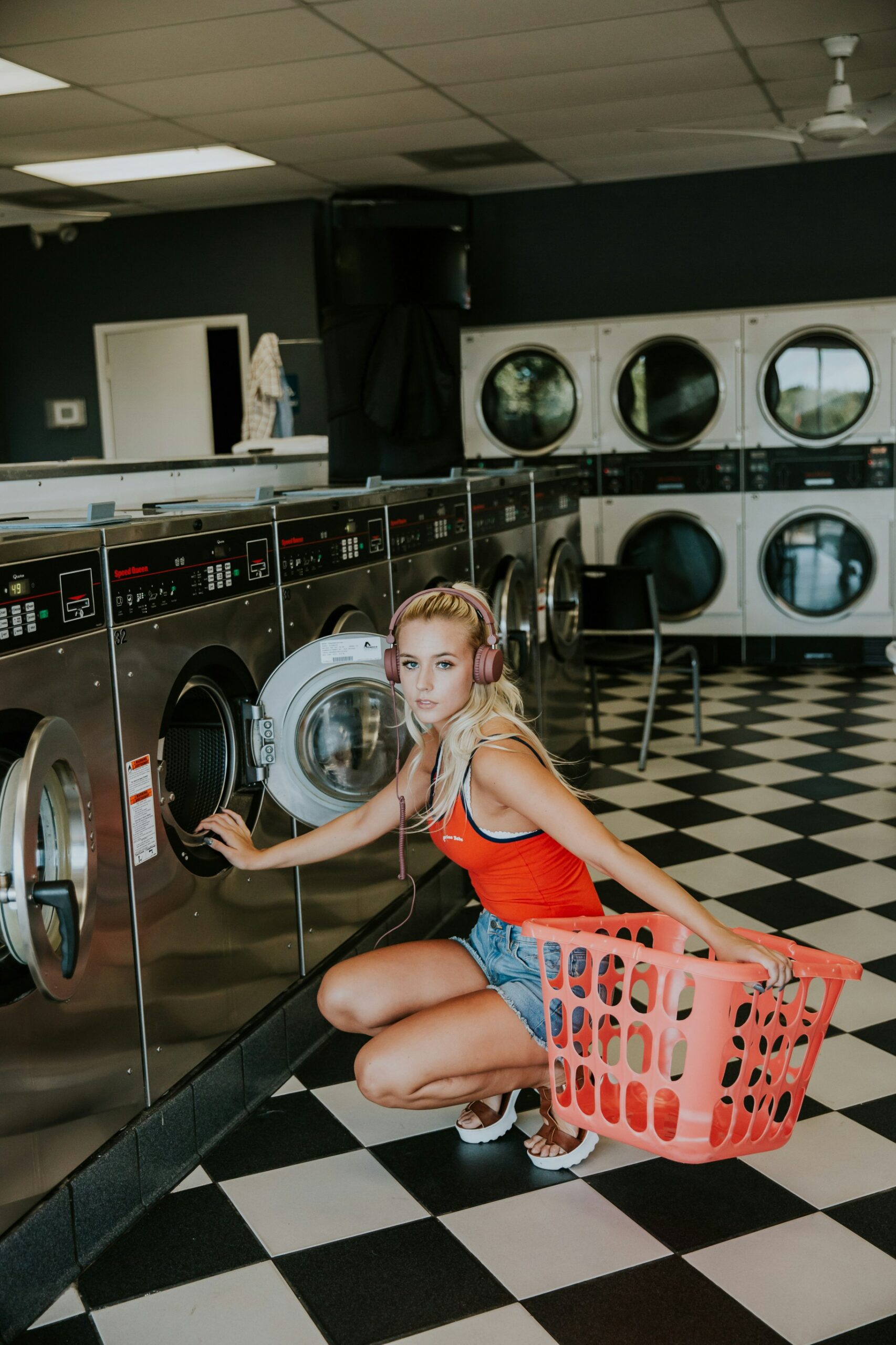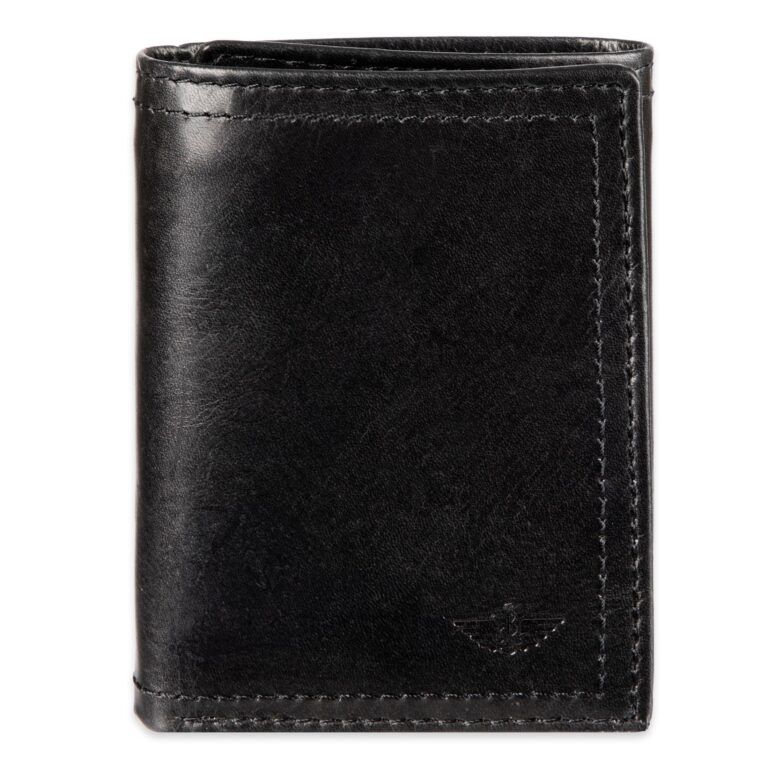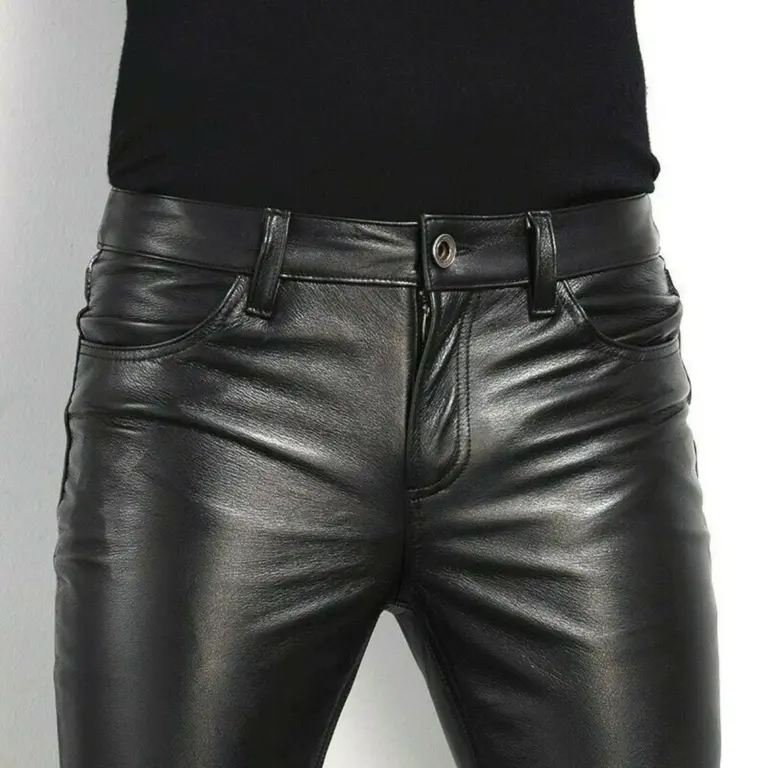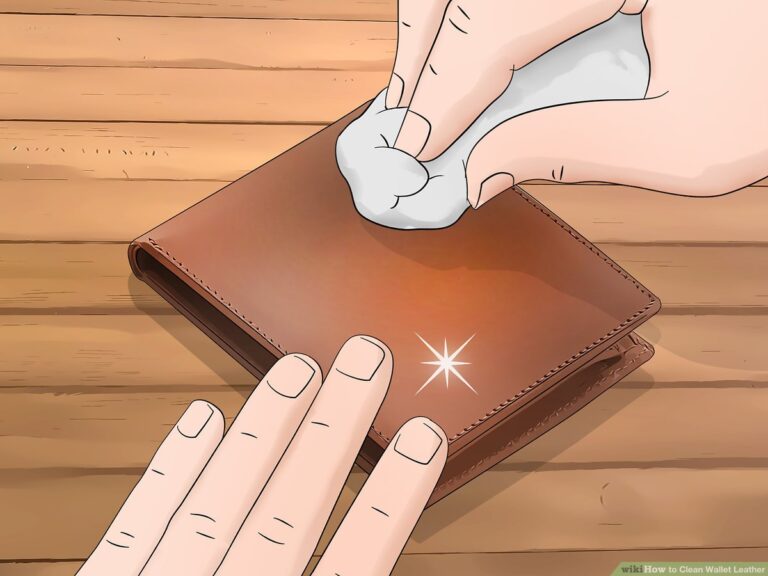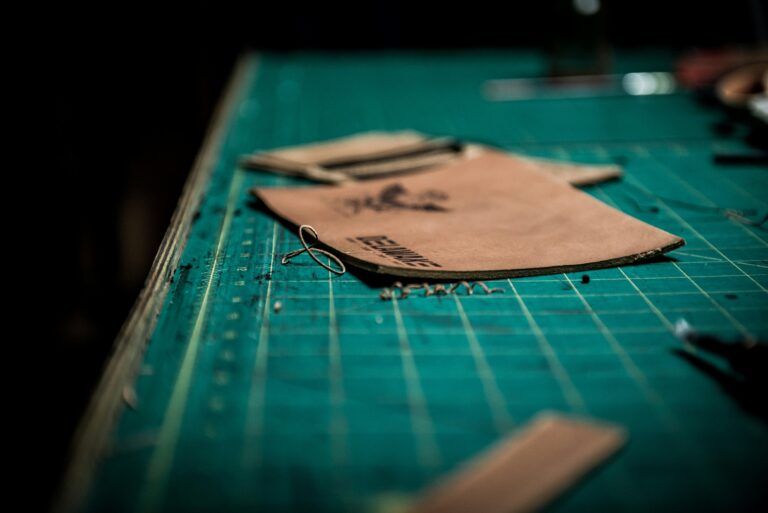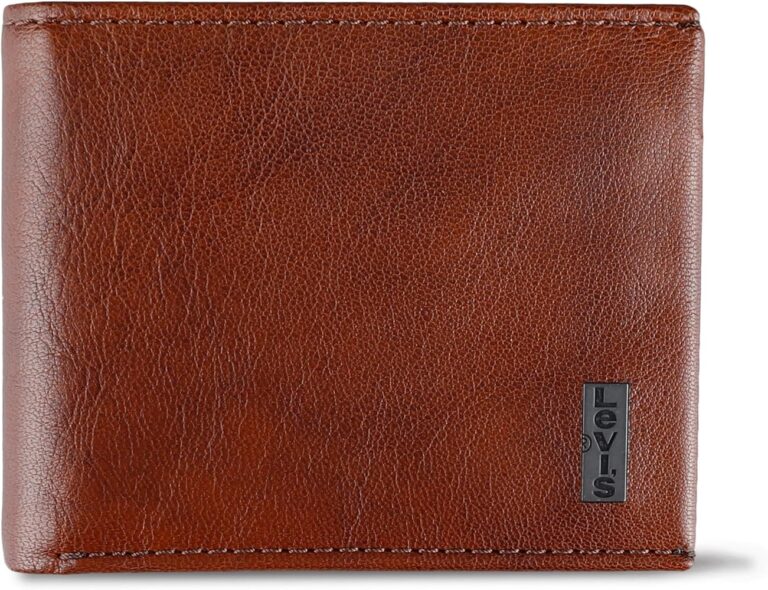How to Clean Mold off Leather Jacket: Expert Steps
Cleaning Mold Off Leather
Leather jackets are not just fashion statements, but durable items that require proper care, especially when it comes to handling mold. This section outlines the initial steps needed to understand mold on leather and set up a cleaning station effectively.
Understanding Mold on Leather
Mold is a type of fungus that appears on damp or decaying organic materials like leather. It can cause various issues such as damage, discoloration, foul odors, and decay. Understanding the nature of mold is essential for effective removal and prevention.
| Issue Caused by Mold | Description |
|---|---|
| Damage | Weakens leather fibers, causing tears |
| Discoloration | Creates unsightly spots and stains |
| Odors | Produces a musty smell |
| Decay | Leads to the leather breaking down over time |
Mold needs moisture to thrive, making it crucial to keep leather items dry and well-maintained. For more tips on leather care, refer to our guide on how to care for leather jacket.
Setting Up a Cleaning Station
To effectively clean mold off your leather jacket and prevent the spread of mold spores inside your home, set up a dedicated cleaning station outdoors (Moonster Leather). Here’s how to do it:
- Location: Choose an open, well-ventilated area away from your living spaces.
- Protective Gear: Wear gloves, a mask, and goggles to protect yourself from mold exposure.
- Cleaning Tools:
- Soft-bristled brush or cloth.
- Cleaning solution (equal parts white vinegar and water).
- Disposable containers for mold spores and contaminated items.
- Disposal Methods:
- Discard contaminated cardboard boxes.
- Wash fabric containers with hot water.
- Clean plastic containers with a chlorine bleach solution (Moonster Leather).
Creating a structured cleaning station minimizes contamination risks and makes the mold removal process efficient. For more detailed guidance on cleaning techniques, check out our article on how to clean a suede leather jacket.
By properly setting up a cleaning station and understanding the impact of mold on leather, you can confidently proceed to the next steps in removing mold and maintaining your leather jacket’s quality. For more information on maintaining leather and preventing mold, see our section on proper storage practices.
Removing Mold from Leather
Brushing Off Mold Spores
To clean mold off leather items, start by setting up a cleaning station outside your house to avoid spreading mold spores inside. Use a soft-bristled brush or a clean cloth to gently remove the mold spores from your leather jacket.
Materials Needed:
- Soft-bristled brush
- Clean cloth
- Protective gloves
- Mask or respirator
Before brushing off the mold, wear protective gloves and a mask to prevent inhaling mold spores. Lightly brush the affected areas, making sure to discard any contaminated cleaning materials properly. This step is crucial in maintaining the leather’s integrity while removing mold.
Visit our article on how to care for leather jacket for ongoing maintenance tips.
Using Cleaning Solutions
Once you have brushed off the mold spores, the next step is to use a cleaning solution that will both clean and disinfect the leather.
Materials Needed:
- Mild soap (such as saddle soap)
- Water
- White vinegar
- Soft cloths
- Spray bottle
Steps:
- Prepare the Cleaning Solution: Mix a small amount of mild soap with water to make a soapy solution. Alternatively, you can mix equal parts of water and white vinegar in a spray bottle. The vinegar helps to kill remaining mold spores without damaging the leather.
- Clean the Leather: Dampen a soft cloth with the cleaning solution and gently wipe down the leather jacket. Avoid soaking the leather, as excessive moisture can cause more damage. For tough mold stains, lightly spray the area with the vinegar solution and gently scrub with a soft cloth.
- Air-Dry the Leather: After cleaning, let your leather jacket air-dry away from direct heat or sunlight to prevent warping and discoloration. A fan can be used to circulate air for quicker drying. Avoid using a hairdryer or heating device.
- Conditioning: Once the jacket is fully dry, apply a leather conditioner to keep it soft and supple. This step also helps to restore any oils lost during the cleaning process.
Visit our detailed guide on how to clean a suede leather jacket for specific instructions tailored to suede materials.
By following these expert steps, you can ensure that your leather jacket remains mold-free and in excellent condition. If the mold persists or you are dealing with stubborn mold stains, consider seeking professional help. For more information, check out our article on how to store leather jacket for tips on preventing future mold growth.
Drying and Conditioning
After successfully removing mold from your leather jacket, it’s important to properly dry and condition it to restore its original luster and prevent future mold growth.
Airing Out and Drying
To air out and dry your leather jacket properly, follow these steps:
-
Avoid Direct Heat or Sunlight: Place your jacket in a well-ventilated area away from direct sunlight or heat sources. This prevents warping and discoloration of the leather (Moonster Leather).
-
Maintain Shape: If you have leather items like shoes, stuff them with plain paper to help maintain their shape during the drying process.
-
Use a Fan: To speed up the drying process, use a fan to circulate air around your leather jacket.
-
Ensure Ventilation: Ensure good ventilation in the room to avoid the build-up of toxic fumes if you’ve used a mix of hydrogen peroxide and vinegar in your cleaning process (Quora).
Conditioning Leather Items
Once your leather jacket is dry, conditioning is essential to replenish the natural oils and keep the jacket soft and supple.
-
Choose a Leather Conditioner: Select a high-quality leather conditioner suitable for your type of leather. Avoid products with harsh chemicals.
-
Apply the Conditioner: Using a soft cloth, apply a small amount of conditioner to your jacket in circular motions. Be sure to cover the entire surface evenly.
-
Allow to Absorb: Let the conditioner absorb into the leather for the recommended time as per product instructions.
-
Buff the Leather: After the conditioner has been absorbed, gently buff your jacket with a clean, dry cloth to bring out a natural shine.
-
Reapply Regularly: Condition your leather jacket regularly to prevent dryness and keep it in optimal condition. This can also help in preventing mold growth in the future.
For more tips on caring for your leather items, visit our guide on how to care for leather jackets.
By following these steps, you ensure that your leather jacket remains mold-free and in great condition. For additional information on other leather jacket questions you might have, such as how to fix leather jacket tears or how to store leather jackets, be sure to check out our comprehensive guides.
Preventing Mold Growth
One of the best ways to keep your leather jacket in top condition is to prevent mold growth in the first place. Implementing proper storage practices and regular inspection and maintenance can extend the lifespan of your beloved leather items.
Proper Storage Practices
To maintain the pristine condition of your leather jacket and prevent mold, follow these essential storage practices:
-
Cool, Dry, and Well-Ventilated Areas: Store your leather jacket in areas that are cool, dry, and well-ventilated. Avoid damp or humid environments, as mold thrives in such conditions. Ensuring good air circulation helps in keeping moisture levels in check (Eikenshop).
-
Use of Storage Containers: If you decide to store your jacket in a container, opt for those with ventilation holes to maintain airflow. This helps in preventing moisture buildup, which can lead to mold growth.
-
Regular Usage: Use your leather items regularly. Frequent use helps prevent prolonged moisture exposure, which can create a prime environment for mold development.
| Storage Practice | Description |
|---|---|
| Cool, Dry Area | Prevents mold by avoiding damp conditions |
| Ventilated Storage | Containers with holes maintain airflow |
| Regular Usage | Minimizes prolonged moisture exposure |
For additional tips on caring for your leather jacket, check out our comprehensive guide on how to care for leather jacket.
Regular Inspection and Maintenance
Regular inspection and maintenance are crucial in ensuring your leather jacket remains mold-free. Here are some steps to include in your routine:
-
Frequent Cleanings: Clean your leather jacket at least once every six months to prevent mold and extend its lifespan. The frequency may vary depending on the item’s usage and environmental conditions (Eikenshop).
-
Conditioning: Regular conditioning with products specifically designed for leather keeps the material supple and less prone to cracking, which can be a breeding ground for mold. For more on this, read our article on conditioning leather items.
-
Drying Thoroughly: If your leather jacket gets wet, dry it thoroughly before storing it. Moisture left on leather can quickly lead to mold formation.
| Maintenance Practice | Description |
|---|---|
| Frequent Cleanings | Clean at least every six months |
| Regular Conditioning | Use leather-specific products to keep it supple |
| Thorough Drying | Ensure no moisture before storing |
Incorporating these practices into your routine will help maintain your leather jacket’s quality and prevent mold growth. For more detailed information on storage solutions, visit our article on how to store leather jacket.
For additional tips and insights, explore our collection of articles covering various aspects of leather jacket care, such as how to break in leather jacket and how to iron leather jacket. Keeping your leather items well-maintained ensures they remain stylish and durable for years to come.
Handling Tough Cases
When it comes to removing stubborn mold from your leather jacket, you might encounter situations that require extra effort or professional assistance. Here are some strategies to deal with and prevent severe mold issues.
Dealing with Stubborn Mold
If mold growth on your leather jacket is extensive or resistant to standard cleaning methods, you may need to take stronger measures. One effective approach involves using a mix of hydrogen peroxide and vinegar. This solution can kill mold effectively, but the fumes are toxic. Ensure you use an N95 breathing mask and work in a well-ventilated area. An electric dehumidifier can also be helpful to reduce moisture.
Another viable option involves the use of commercial mold and mildew sprays, such as Tilex or Clorox. These sprays are known to turn black mold into runny water, making it easy to clean without leaving any traces behind (Quora).
| Method | Description | Precautions |
|---|---|---|
| Hydrogen Peroxide & Vinegar | Mix to kill mold | Use N95 mask, ensure good ventilation |
| Tilex/Clorox Spray | Spray to turn mold into water | Follow application instructions, use in well-ventilated area |
The key to treating stubborn mold is acting quickly to prevent the spread of mold spores to other items. Always dispose of contaminated cleaning materials properly and make sure the affected area is entirely dry before storing the leather jacket again.
For tips on storing your leather jacket to prevent mold, check out how to store leather jacket.
Seeking Professional Help
If the mold infestation is too severe, or if you’re concerned about damaging your leather jacket, it’s advisable to seek professional help. Professional leather cleaners have specialized equipment and expertise to handle tough mold cases without harming the leather.
When choosing a professional cleaner, ensure they have experience dealing with molded leather jackets. They often use advanced cleaning solutions and conditioning treatments that restore the leather without causing discoloration or damage. Moreover, they can provide insights on how to care for leather jacket to prevent future mold issues.
In summary, dealing with stubborn mold on your leather jacket involves a combination of effective cleaning solutions and preventative measures. If DIY methods fail, do not hesitate to consult professional services to keep your leather in pristine condition.
For more information on maintaining your leather jacket, visit our guides on how to clean a suede leather jacket and how to fix leather jacket tear.

